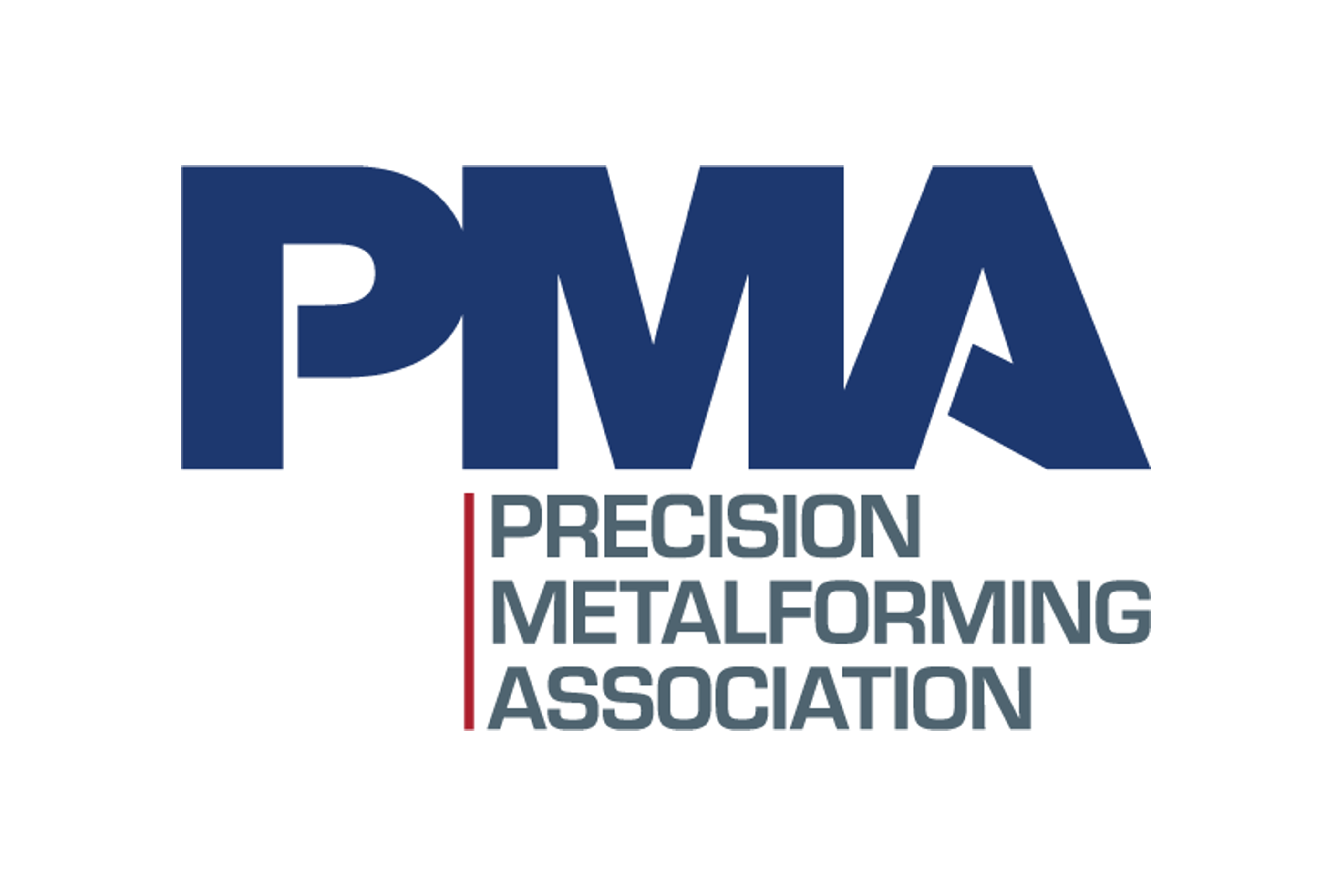Market Data

November 3, 2021
IHS Markit: Material Shortages Hamper Manufacturing Growth
Written by David Schollaert
The U.S. manufacturing sector continued to expand in October, though output growth was hampered by ongoing material shortages, according to the latest U.S. Manufacturing PMI data from IHS Markit.
The report noted that overall output growth eased yet again, slowing to its weakest reading since July 2020 amid capacity constraints including material shortages. A lack of input availability and transportation delays led to a severe deterioration in vendor performance, with input costs rising markedly.
“October saw U.S. manufacturers report yet another near-record lengthening of supply chains, with shortages of components constraining production growth to the lowest since July of last year,” said Chris Williamson, IHS Markit’s chief business economist. “Around half of all companies reporting lower production in October attributed the decline to a lack of supplies. However, a further one-in-ten cited a lack of labor, and one-in-four reported that demand had fallen, often as a result of customers either lacking other inputs or pushing back on higher prices.”
Even though severe supplier delays drove marked increases in input costs, most firms were able to pass their higher cost down through the supply chain. But the result is weighing on business confidence, which dropped to the weakest result year-to-date, as supply chain disruptions continue and inflation edges up.
The seasonally adjusted IHS Markit PMI posted a reading of 58.4 in October, down from 60.7 in September, and below the earlier released “flash” estimate of 59.2 (a reading above 50.0 indicates growth). The latest data indicated a significant improvement in the health of the U.S. manufacturing sector, despite being the slowest in 10 months.
“Although production growth has now slipped below the pre-pandemic long-run average due to the supply and labor constraints, demand growth – as measured by new order inflows – remains well above trend despite easing in October,” Williamson added. “Hence producers saw another steep rise in backlogs of uncompleted work.”
The pace of new order growth was the slowest for 10 months. New export sales rose only fractionally as foreign demand was also weighed down by the knock-on effects of uncertain supply.
Meanwhile, backlogs of work rose at one of the sharpest paces on record as firms grappled with pressure on capacity. The rate of growth eased to a four-month low, however, as employment increased at a solid pace. Finally, output expectations dropped to a 12-month low in October amid concerns regarding inflation and supply-chain disruption.
“This shortfall of production relative to demand was the principal driving force behind a survey record rise in manufacturers’ selling prices, suggesting that inflationary pressures continue to build and look unlikely to abate to any significant degree any time soon,” Williamson concluded.






